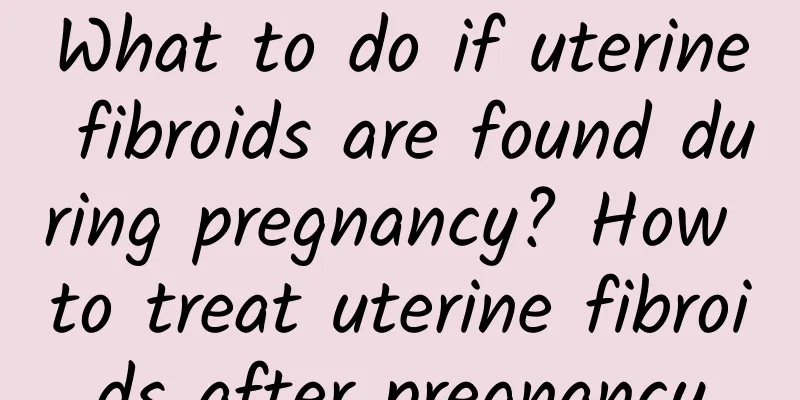How to treat multiple ovarian cysts? Can you get pregnant?

|
Polycystic ovary syndrome is a common disease in women of childbearing age, caused by endocrine metabolic abnormalities. The main manifestations are irregular menstrual cycles, infertility, hirsutism or acne. In order to seek timely treatment, many women with polycystic ovary syndrome are most afraid of not being able to get pregnant. So, how to treat polycystic ovary cysts, can you get pregnant? Multiple ovarian cysts are one of the main causes of infertility. In recent years, the number of patients with multiple ovarian cysts has continued to increase, and young women are generally sick, so many people are worried that they can't get pregnant. In order to increase the probability of pregnancy, we need to take timely measures. Treatment of polycystic ovary syndrome needs to start from the following three aspects: 1. General treatment: Patients should actively exercise, reduce the intake of high-fat and high-sugar foods, and lose weight. This can reduce androgen levels and restore ovulation. 2. Drug treatment: Drug treatment can counteract androgens and promote ovarian ovulation. The drugs used are mainly oral contraceptives, which can regulate the menstrual cycle. Generally, after taking 3-6 months, you can stop taking the medicine after the hormone test is normal. 3. Laparoscopic surgery: If the above two methods are not effective, laparoscopic surgery should be considered. Under laparoscopy, follicle puncture will reduce androgen levels, thereby achieving the purpose of treatment. Generally speaking, if you have polycystic ovary syndrome, as long as you find it as soon as possible and treat it in time, the possibility of pregnancy will be greater. But it is important to avoid recurrence, which requires us to insist on regular hospital check-ups. Surveys show that 30% of polycystic ovary syndrome should be treated with drugs - 40% chance of pregnancy; the laparoscopic perforation rate is relatively high, and it is reported that the pregnancy rate after ovulation can reach 70%, and the probability of pregnancy is relatively high. |
<<: Bright red blood on the third day of miscarriage
>>: What is the process of pelvic effusion?
Recommend
What are the characteristics of uterine fibroids?
What are the characteristics of uterine fibroids?...
Weak and old-looking female Chinese medicine practitioner: Eat bean sprouts to supplement your nutrition
Is it because bean sprouts have low nutritional v...
Analysis of the three main causes of cervical erosion
In recent years, cervical erosion has become a ma...
What is the reason for dark brown period two days before menstruation?
What is the reason for dark brown period two days...
What are the dietary plans for amenorrhea?
When it comes to the dietary plan for amenorrhea,...
Eliminate old waste! 5 Foot Massage Methods to Help You Lose Weight
The biggest obstacles to weight loss are low meta...
What are the dangers of cervical hypertrophy?
Cervical hypertrophy is very harmful to women, an...
How can cervical warts be transmitted to others?
Cervical warts are a common and frequent sexually...
Introducing the advantages of laparoscopic treatment of ectopic pregnancy
Do you know about laparoscopic treatment of ectop...
Drink carrot and apple juice for breakfast to boost immunity and lose weight
Eating a good breakfast can not only make you ful...
Will the uterus fall out if it is prolapsed?
Uterine prolapse The uterus usually falls out. Ut...
Can't I have a painless abortion if I have gynecological inflammation?
Women with gynecological inflammation are advised...
Can Bartholinitis be cured?
Feeling itchy and damp in the vulva directly and ...
Eggs are a great way for girls to lose weight and slim their waist! Which is better, eating raw or cooked?
The "all-purpose food" that is indispen...
Is it possible for irregular menstruation to heal itself after marriage?
Dysmenorrhea is not unfamiliar to many women, and...









